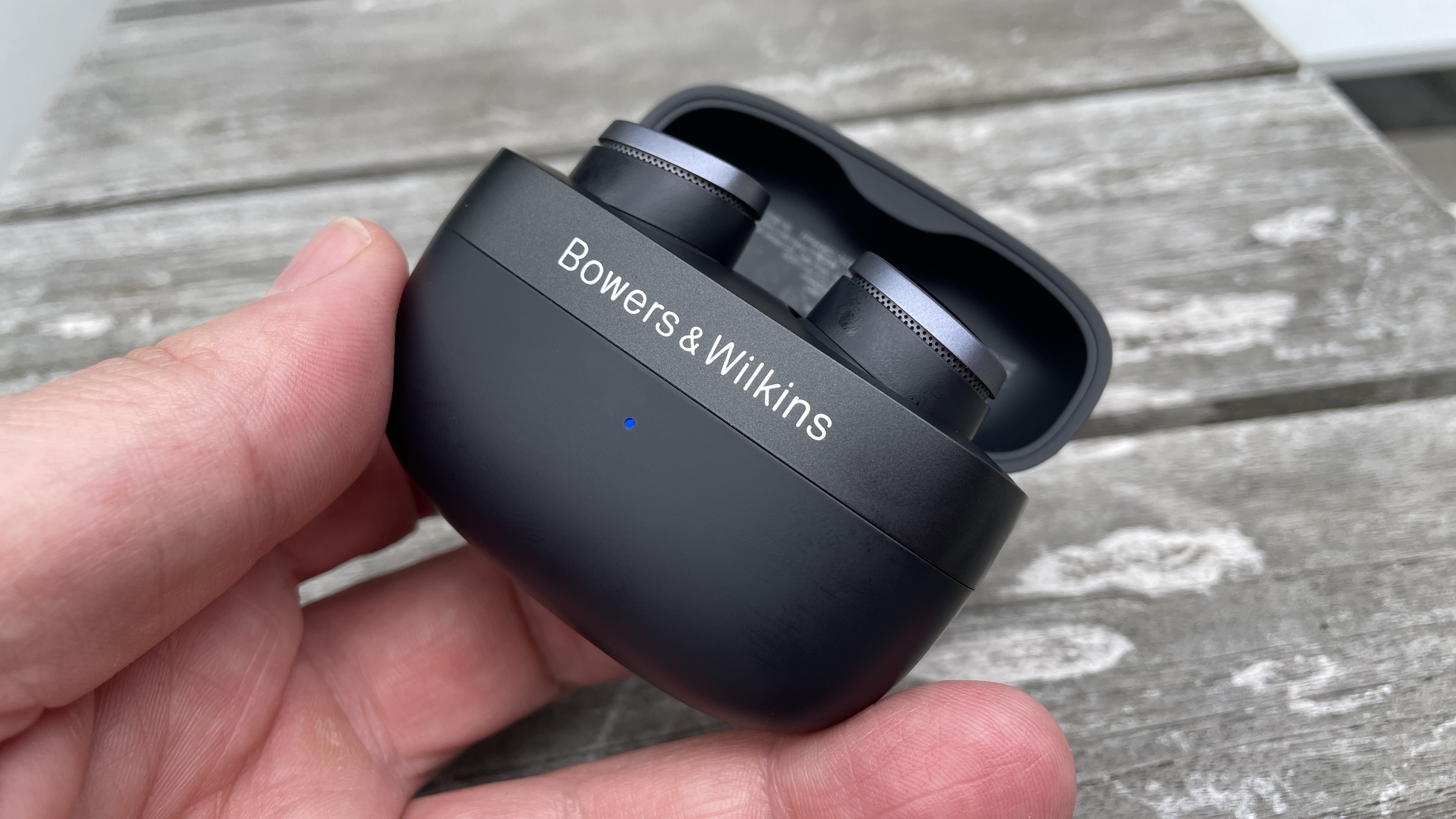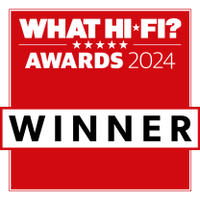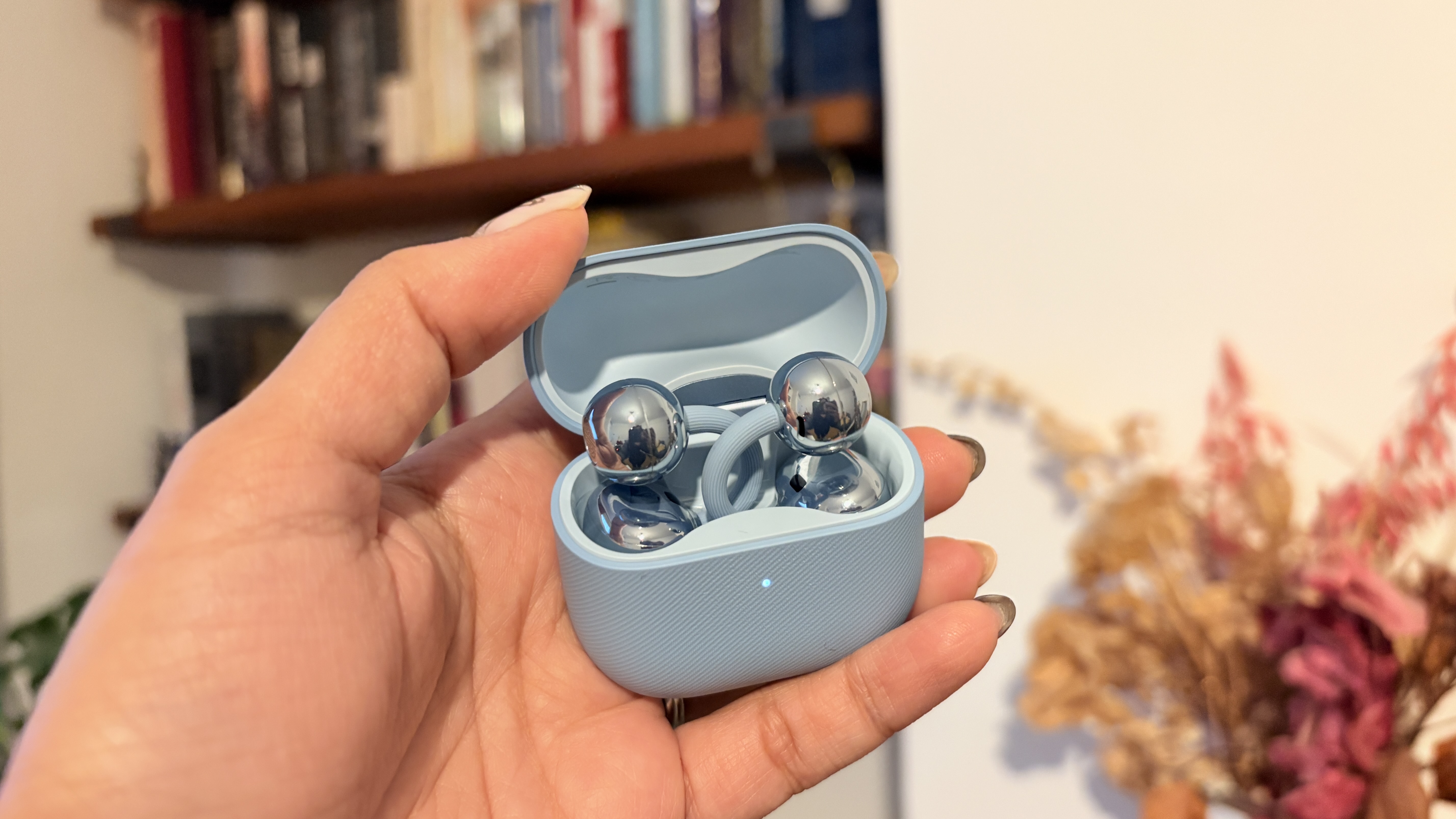What Hi-Fi? Verdict
The Pi8 are pricier than your average wireless earbuds but sonically they perform levels above – the detail and refinement on show are breathtaking. Add useful features, solid ANC, the fact they’re nice to use and comfortable and you’ve got buds that rival brands should take notice of
Pros
- +
Sensational levels of detail
- +
Natural, refined sound
- +
Easy to use
- +
Competitive ANC
Cons
- -
Call quality could be improved
- -
No ear tip fit test
- -
A couple of signal dropouts
Why you can trust What Hi-Fi?
It’s not often a manufacturer goes back to the drawing board for a new product, but this is pretty much what Bowers & Wilkins has done for its flagship Pi8 wireless earbuds.
You see, Bowers & Wilkins’ previous flagship, the Pi7 struggled to impress and even a 2nd Gen version failed to make an impact on our test team. “Premium earbuds with not-so premium performance,” were the actual words we used in our review.
For the Pi8, though, B&W has fired up its equivalent of the Bat-signal and called on the expertise of the in-house engineering team responsible for its Px7 S2 and Px8 over-ear, wireless headphones. Both pairs we’ve reviewed and rated at five stars, so we have huge hopes for the new earbuds.
Price

With a punchy price tag of £349 / $399 / AU$599, the Bowers & Wilkins Pi8 are up there with some of the most expensive wireless earbuds we’ve tested. This places them above rivals such as the Bose QuietComfort Ultra Earbuds, which we reviewed at £300 / $299 / AU$450 and the Denon PerL Pro at £299 / $349 / AU$549.
They’re also comfortably more expensive than one of our favourite all-rounders, the Sony WF-1000XM5 (£259 / $299 / AU$419). The Sonys skew things slightly because they have been on sale longer than the other pairs mentioned and can often be found with a solid discount if you shop around online.
Design

Pretty much everything about the Pi8 is brand new. The shape, the internals, the drivers; Bowers & Wilkins seems to have left no stone unturned in its pursuit of performance befitting that hefty price tag.
Out of the Apple-esque packaging, we really like what we see and touch. The Pi8 feel like a quality pair of earbuds. They use premium plastics throughout and it’s surprising just how nice they feel in-hand. It’s not the glossy plastic that you’ll find on rivals like the Sony WF-1000XM5 or the Bose QuietComfort Ultra Earbuds, it’s more of a smooth, matte-plastic surface which is easy to get to grips with. The buds are available in Anthracite Black (our review sample), Dove White, Jade Green (pictured further down) and Midnight Blue.
The latest hi-fi, home cinema and tech news, reviews, buying advice and deals, direct to your inbox.
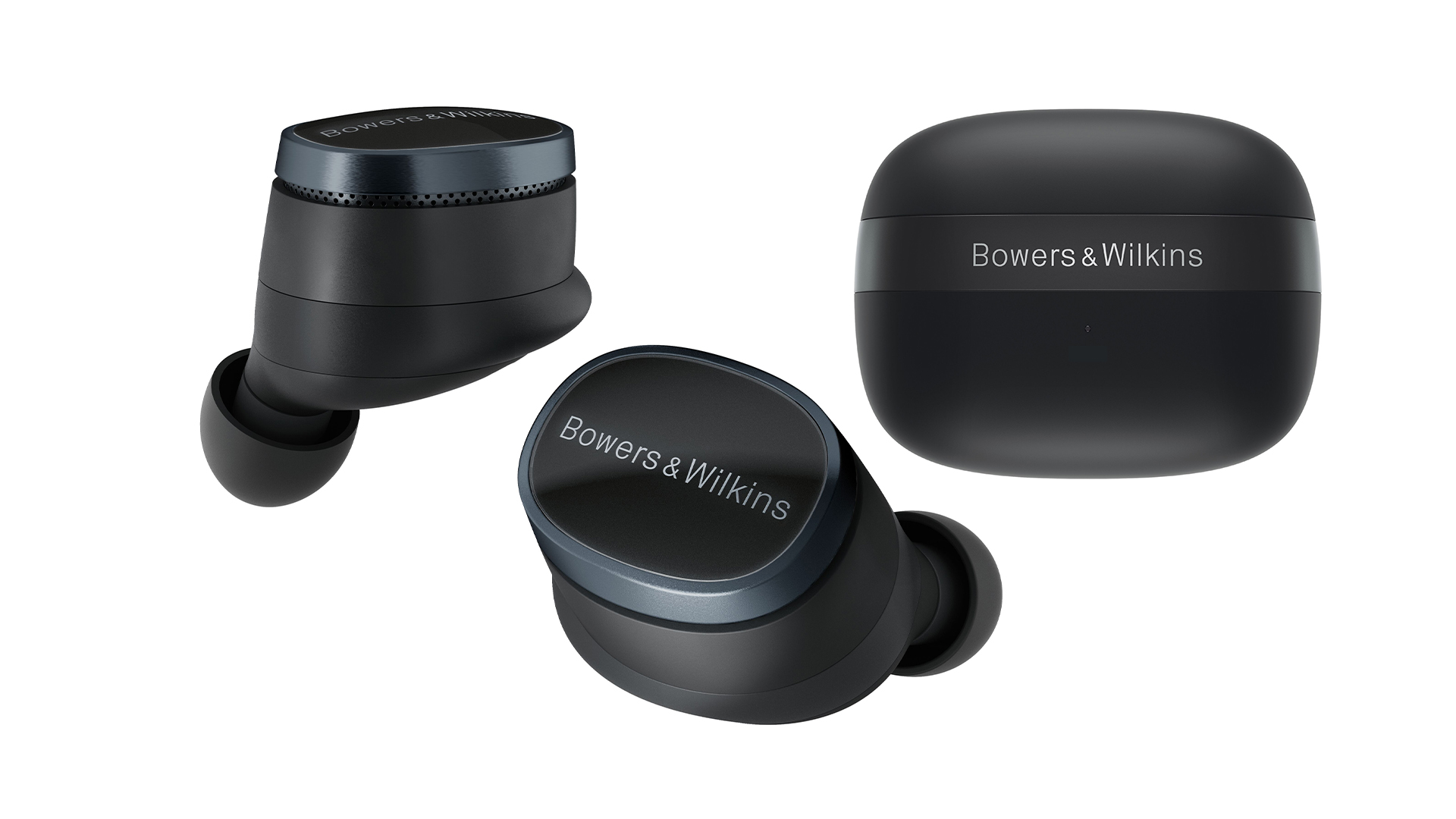
Bluetooth 5.4
Codec support AAC, SBC, aptX, aptX Adaptive, aptX Lossless
Noise-cancelling? Yes
IP rating IP54
Battery life 6.5 hours on buds, 20 hours with case (ANC on)
Finishes x4 (Anthracite Black, Dove White, Midnight Blue, Jade Green)
Weight 7g per bud
Charging case weight 46g
Even the wireless charging case feels nice. It looks quite stylish too, with a colour-contrasting band wrapping around the middle, adorned with the Bowers & Wilkins logo.
Bowers & Wilkins admits that some elements of its previous models, including the Pi7 S2 weren’t quite up to scratch. For example, the microphone and sensors on the old model weren’t in an ideal position and could get blocked. This has been changed for Pi8.
Look around each bud and you’ll see a slot that runs around the outside of each earpiece. Under its surface are mics and sensors which have deliberately been positioned so they’re free from any potential obstructions.
Speaking of potential obstructions, the Pi8 are IP54 rated which means they are protected from limited dust and water spray, so in theory you should be good to use them in the gym and during other forms of exercise.
Inside each earbud is a brand new 12mm carbon cone driver, which is the same material used in the driver of Bowers & Wilkins’ Px8 wireless headphones and its 700 Series loudspeaker tweeter. It’s claimed the lightness and stiffness of this material help produce a fast transient response.
You get four different sizes of silicone eartip provided in the box: extra small, small, medium and large – it’s nice that smaller ear openings are now catered for, but we’d still like the option of an extra large tip for those of us with more cavernous lugholes to fill. The app also doesn’t have an eartip fit test, which we think might come in handy and does feature on rival pairs.
Some members of the review team felt the buds weren’t quite as stable in the ear as, say, the Bose QuietComfort Ultra Earbuds, even with a slight ridge on the back edge of each earpiece to help hold them in place. But, we didn’t feel like the Pi8 were loose or in danger of dropping out and we did find them comfortable over long listening sessions.
Features

The Pi8 use Qualcomm’s latest-generation wireless chipset and, at the time of writing, they are one of the few pairs of wireless earbuds we’ve reviewed that support Bluetooth 5.4.
However, Bowers & Wilkins actually uses a separate high-performance dedicated DAC/DSP amp to do a lot of the heavy lifting. This bypasses the Qualcomm chip and allows B&W to have more of a direct impact on the performance of the earbuds.
One of the headline features for the Pi8 is aimed at those using an aptX-compatible source. They include AptX Adaptive support at up to 24-bit/96kHz and also aptX Lossless. Although, as you’ll read about further down this page, AptX isn’t vital to get great sound out of these wireless earbuds.
The Pi8 are more power-efficient than previous models and battery life comes in at six and a half hours from a single charge, with the wireless charging case providing a further thirteen and a half hours, making 20 hours in total. A 15-minute fast charge should inject them with a couple of hours of playback if you find yourself caught short.
The party trick for the charging case isn’t the fact it’s wireless, but it doubles up as a wireless audio re-transmitter. This means you can connect the case (using the supplied USB-C to 3.5mm or USB-C cable) to a source that doesn’t support Bluetooth streaming, such as an in-flight entertainment system, and it will play audio through the wireless buds. The case even supports aptX Adaptive transmission at up to 24-bit/96kHz quality. We tested it out and it works pretty well.
The outer surface of each earbud is touch-sensitive. Through the Bowers & Wilkins Music app, you can assign them as either volume controls or mode switching (between noise-cancelling and transparency mode) and voice assistant summoning. It’s a slight shame you can’t configure them to control volume and switch listening modes at the same time.

The app also offers a five-band equaliser should you want to play around with the sound of the buds – it offers some nice fine-tuning options across the frequency range and there’s a toggle switch for a TrueSound mode which disables the EQ completely if you want the purest sound possible.
Transmission between the earbuds has supposedly been worked on to be more reliable and stable, this includes an increase in range to 10m through a new antenna. During testing we found the range to be good, but we did experience the signal between the earbuds drop out a couple of times when streaming music. We are willing to give the buds the benefit of the doubt, as we tried two additional pairs that were stable. Multipoint Bluetooth is also on board if you prefer to have more than one source connected at the same time.
Active noise-cancelling for the Pi8 gets quite the boost – Bowers & Wilkins claims that tech from its Px8 over-ears has trickled down to these earbuds. There’s a Transparency mode and you can switch ANC off entirely, but there’s no capacity to tweak the levels of ANC to cater for different situations.
Noise cancelling

At this level we haven’t tested many pairs of wireless earbuds that underperform as far as noise cancelling is concerned. We’ve found the baseline tends to be good if not very good, although there are some subtle differences right at the very top. And the Bowers & Wilkins aren’t a million miles off. The class-leaders in this area are still the Bose QuietComfort Ultra Earbuds – their ability to cut huge swathes of background noise out continues to impress.
In particular, we think they do a better job of suppressing higher frequencies which we find managed to cut through the Pi8’s forcefield more easily. The B&W pair still does a very good job with the low frequency rumbles generated by roadworks and traffic. There are no real issues here.
Call quality

The Pi8 buds use 3 mics per earbud and Bowers & Wilkins claim call quality has been upgraded using some of the tech used in the Px8 over-ears.
During testing, we happened to try the Pi8 on a particularly blustery day and, walking through what felt like a wind tunnel, the earbuds struggled a little with the conditions and sounded quite muffled. We also had the Bose QC Ultra Earbuds and the Sony WF-1000XM5 to hand and the Sonys coped with the conditions a little better, reducing wind noise a bit more and presenting our voice with greater clarity. The B&W were in a similar ballpark to the Bose. The Pi8 did improve once the conditions became calmer and our voice didn’t sound bright or edgy.
Sound
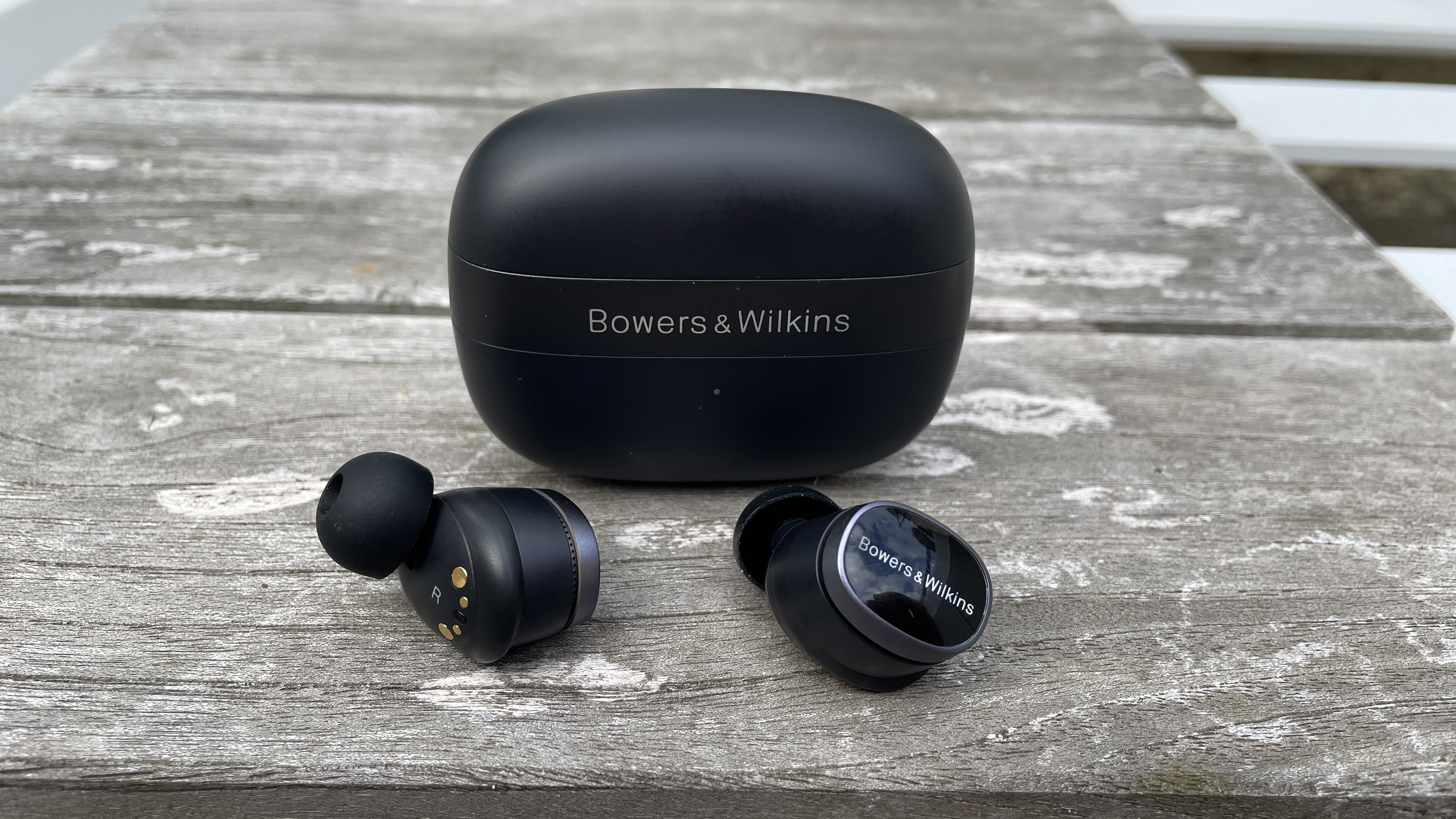
Given the experience of the engineers working on the Pi8, we were keen to hear what they could bring to the earbuds party. And we weren’t disappointed. We only expect excellence at this level – and the Bowers & Wilkins deliver.
Immediately you’re made aware that this is no pair of budget earbuds. There’s a maturity and refinement to the sound which you just don’t get from entry-level and mid-price wireless earbuds. This level of sophistication really allows the Pi8 to stand out. They shine a light on any music streamed their way with a beautifully balanced approach – you can savour every frequency from the lowest of lows to the highest highs.
We start with Royal Blood’s Who Needs Friends, a relatively uncomplicated piece of rock arithmetic plastered with rhythmic drum thwacks and punchy fills, the weight and speed of which are expertly judged by the Pi8. There’s a richness to the notes but also a solidity and tightness that sees the buds deliver each hit with precision and intent. As the action moves between toms and hi-hat, the earbuds shine a light on all the dynamics and different textures, communicating them effortlessly. It’s a really sophisticated, polished performance that’s overflowing with detail.
Switching over to the acoustic version of Sam Smith’s Latch and the earbuds paint a beautifully intimate picture. There’s superb definition to the edge of every key struck on the piano, and it’s a similar case where the strings are concerned as they rise and fall in the background. The Pi8 don’t just sketch out the textures and details but they colour them in so you get a proper feeling of intimacy from the performance. Strings and piano sound playful but also sweet-sounding. When Smith starts singing, you can hear just how close the voice is to the mic. Add all the different elements together and you’re treated to a complete performance.
During testing, we also note the character and sonic balance remain consistent with ANC on and off. Sometimes engaging the extra processing can throw the timing and dynamics off ever so slightly, but the Pi8 keep their cool and balanced character.
We end the test by shifting up a gear or three with some drum’n’bass courtesy of This Moment by Chase & Status. The Pi8 let fly with a speedy, punchy rendition of the track. Each bass note is dispatched with detail, power and authority – the earbuds put a serious amount of weight behind every strike, delivering a swift yet seismic blow to your solar plexus. If we are being particularly picky, the Bowers could add even greater rhythmic drive to the track and inject a little more musicality, but we don’t feel shortchanged.
Verdict
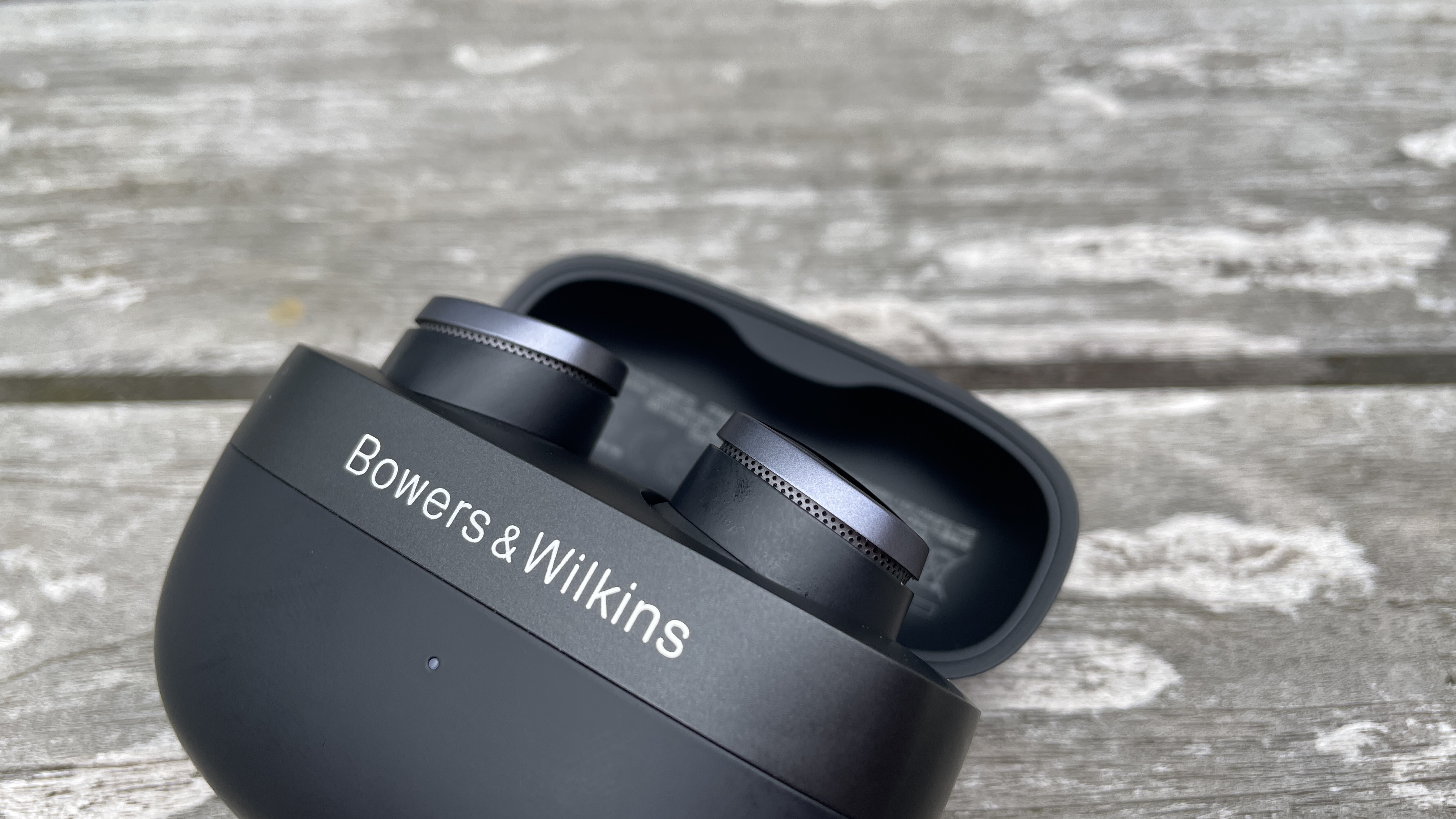
Approaching its flagship wireless earbuds with a fresh perspective has reaped the rewards for Bowers & Wilkins. The Pi8 are clearly the best wireless earbuds we’ve heard from the brand and real contenders for class-leading status at this ultra-competitive end of the market.
Their wonderfully sophisticated, balanced and transparent sound delivers a level of insight that’s rare in wireless earbuds. You do have to pay for that quality but, ultimately, we think it’s a price worth paying.
First reviewed: August 2024. Updated review: November 2024.
SCORES
- Sound 5
- Features 5
- Build 5
MORE:
Bowers & Wilkins Pi8 vs Pi6: which B&W wireless earbuds should you choose?
Read our review of the Bose QuietComfort Ultra Earbuds
Bowers & Wilkins Pi8 vs Bose QuietComfort Ultra Earbuds: which ANC buds are better?
I flew across the world and this wireless earbuds feature was an unexpected saviour
Best in-ear headphones: top earbuds tried and tested
What Hi-Fi?, founded in 1976, is the world's leading independent guide to buying and owning hi-fi and home entertainment products. Our comprehensive tests help you buy the very best for your money, with our advice sections giving you step-by-step information on how to get even more from your music and movies. Everything is tested by our dedicated team of in-house reviewers in our custom-built test rooms in London, Reading and Bath. Our coveted five-star rating and Awards are recognised all over the world as the ultimate seal of approval, so you can buy with absolute confidence.
